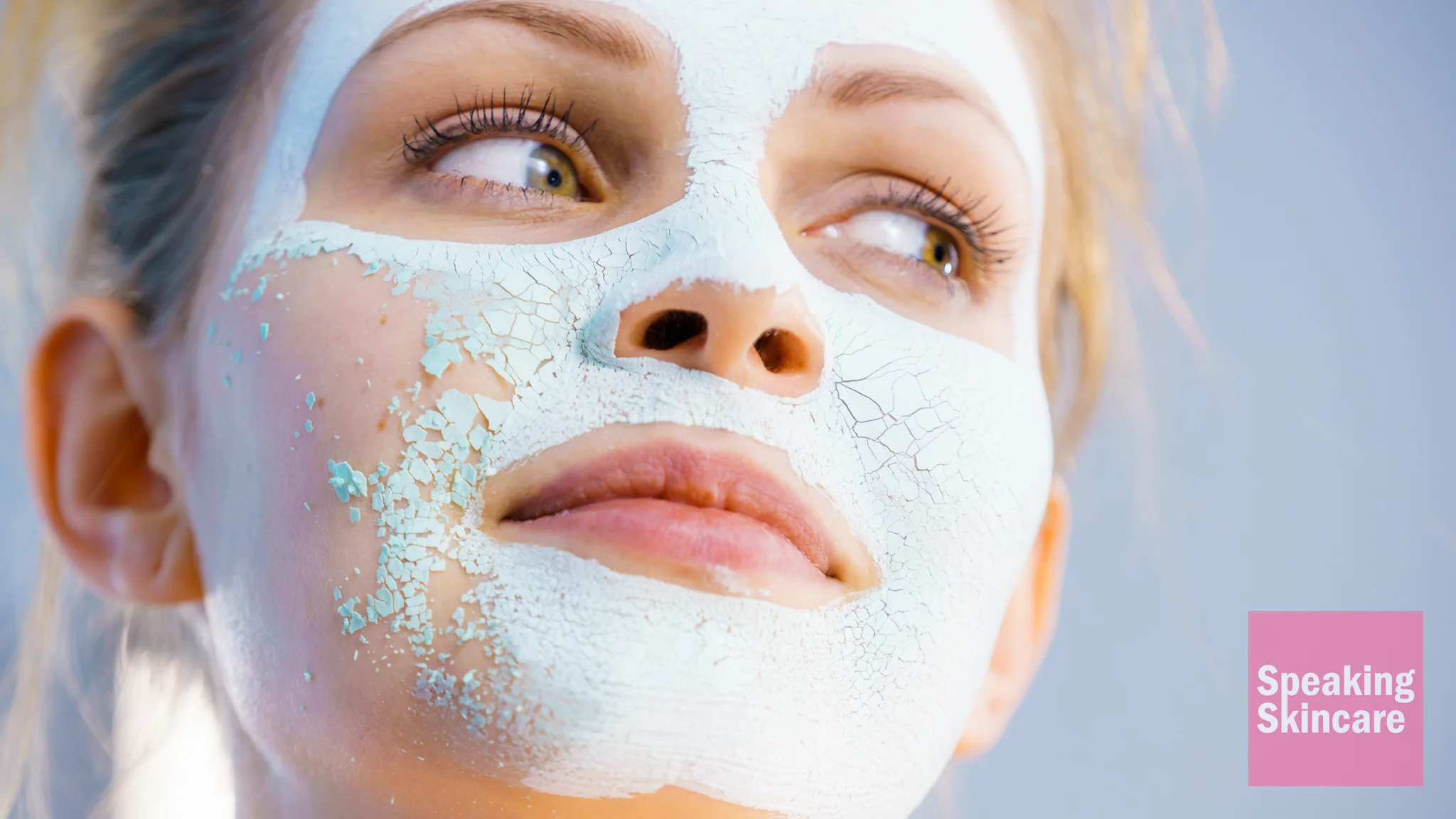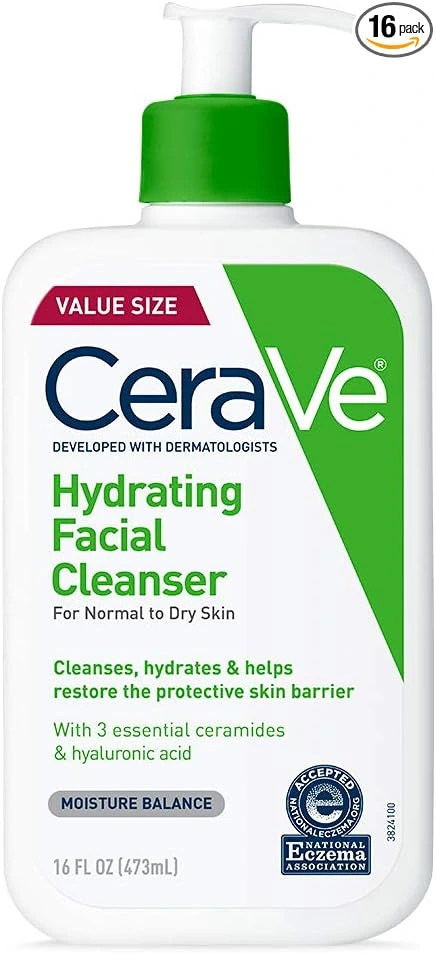We don’t know about you, but we’re sure there are few things that feel better than pouring a glass of wine, flicking on our favorite show, and applying a good clay mask. It’s the perfect end to a hard day, and our skin reaps the nutritious rewards. But nothing in life is perfect, and sometimes our favorite clay mask might leave our face feeling itchy or sensitive. Why does this happen, and what can be done to avoid it? Let’s talk.
The benefits of clay masks
Forget the itchiness for a moment and let’s remind ourselves why we love clay masks so much and what they do because they really are incredible for our skin.
Clay masks have been used for centuries to help improve the health and appearance of the skin. These masks are made from natural clay that is rich in minerals such as kaolin, bentonite, and montmorillonite, which can provide a range of benefits.
One of the main benefits of clay masks is their ability to absorb excess oil and impurities from the skin. This makes them a great choice for those with oily or acne-prone skin, as they can help to unclog pores and prevent breakouts. Additionally, clay masks can help to exfoliate the skin and remove dead skin cells, leaving the skin looking smoother and more radiant.
The minerals found in clay masks can also help to improve the texture and tone of the skin. For example, kaolin is known for its ability to soothe and heal the skin[1], while bentonite is effective at removing toxins and improving circulation. Montmorillonite is another mineral found in clay masks that can help to reduce inflammation and redness, making it a good choice for those with sensitive or irritated skin.
In addition to their physical benefits, clay masks can also be a great way to relax and de-stress. The act of applying a mask and taking a few minutes to relax can be a great way to unwind and take care of yourself.
So yeah, overall, clay masks are pretty great!
Here’s why clay masks can make your face itch
There could be various reasons why you may be feeling some discomfort or irritation from your clay face mask.
Skin type
First of all, it’s important you determine your natural skin type in order to evaluate whether clay masks are suitable for you. Since clay masks are powerful drying agents, they are intended to be used by people with naturally oily skin. The drying properties absorb the excess moisture and rebalance the facial skin. If you already have dry skin, you should avoid using clay masks, as they will tip the scales too far and cause too much dryness. This can lead to redness, cracks, breakouts, and an unappealing appearance.
Incorrect application
Another common reason for itchiness and tingling is incorrect usage of the mask. Clay masks are easy to put on, but they shouldn’t be left on for too long. As a general rule, never let the clay mask completely dry, as this will make it too hard and tighten the skin too much. This can cause “cutaneous vasodilation”, which is a fancy way of describing redness and a flushed appearance. Make sure to wash off the clay mask no later than 15 minutes after putting it on to avoid this potential side effect.
Our Clay Mask Recommendation
Here at Speaking Skincare, we review and test a lot of products. When it comes to clay masks, there is one we have tried that stands above all the rest. That’s why we’d like to recommend to you Deascal’s Pink Clay Glow Mask. If you’re having issues with itchiness or irritation, give Deascal’s clay mask a try. Also, if you use our exclusive discount code SpeakingSkincare10, you can get 10% off any Deascal purchase. Sound good?
Keep your skin healthy
We all make mistakes here and there, and yes, we’ve had our fair share of red, itchy faces after leaving a clay mask on for too long. The key to bouncing back from this discomfort always lies in making sure the skin is as healthy as possible.
This means regularly moisturizing and cleansing, alongside exfoliating to remove bothersome dead skin cells that would otherwise risk breakouts. To heal and rebalance an itchy face after using a clay mask, use a gentle facial cleanser to reinsert that essential hydration and moisture back into the skin. Avoid re-applying another face mask for a few days afterward to ensure the skin has properly recovered.
Looking for a suitable cleanser? We’d recommend the fabulous Hydrating Facial Cleanser from CeraVe. Your itchy skin will be calm and hydrated in no time at all. It’s available now on Amazon.
In conclusion
Side effects are common in all aspects of skincare. Clay masks have the reputation of being soothing and nourishing for your skin, and don’t get us wrong, they are! But even they can backfire sometimes.
Always keep track of the condition of your skin and what it reacts to. Skincare is a journey, and we’re all still learning as we go.
References[+]
| ↑1 | https://draxe.com/beauty/kaolin-clay/ |
|---|

